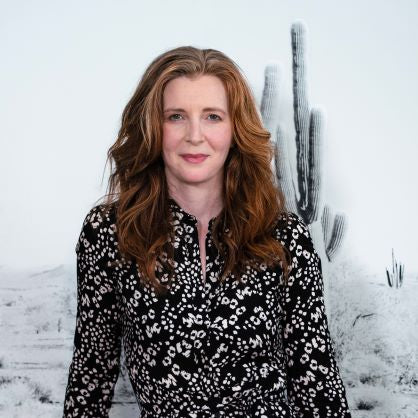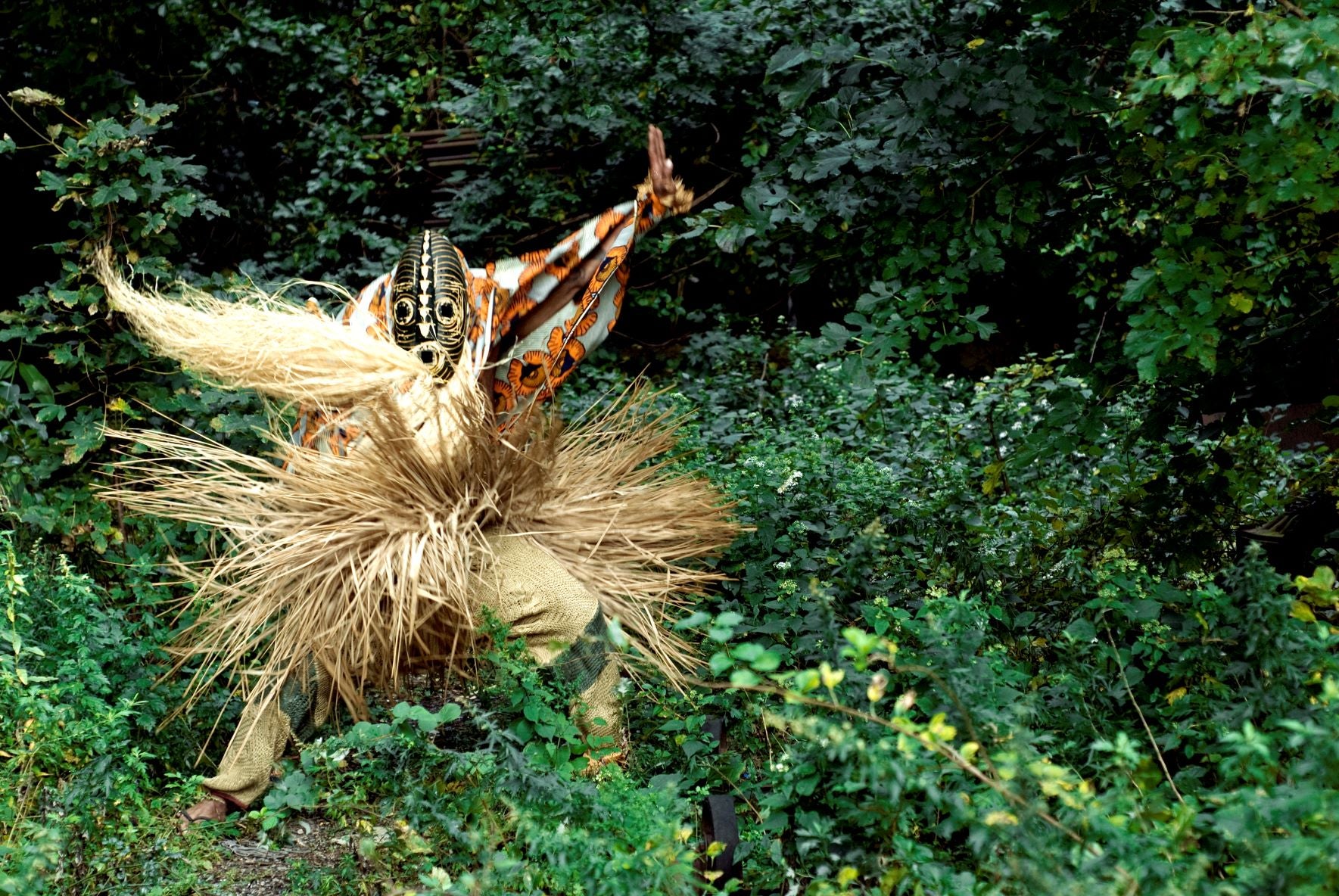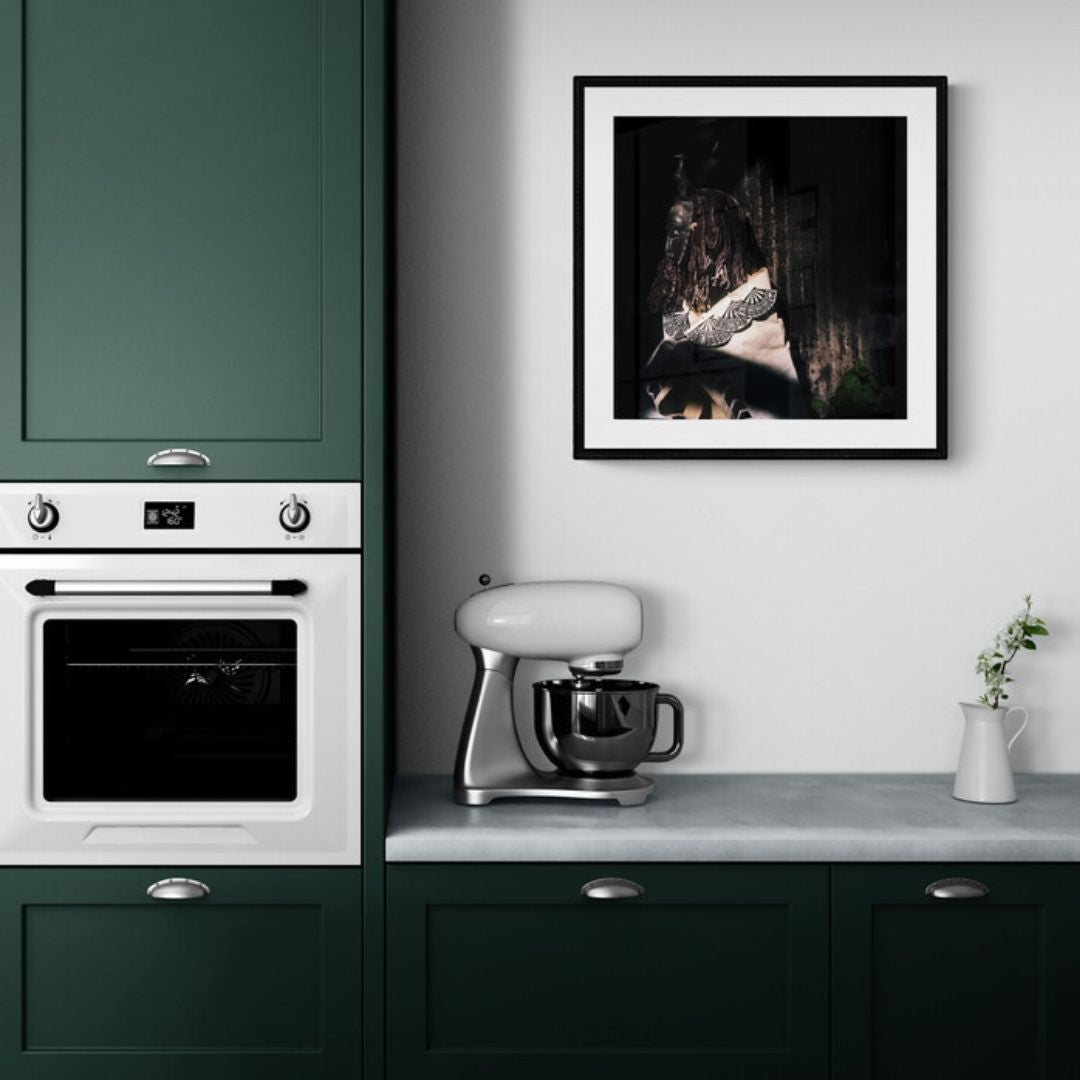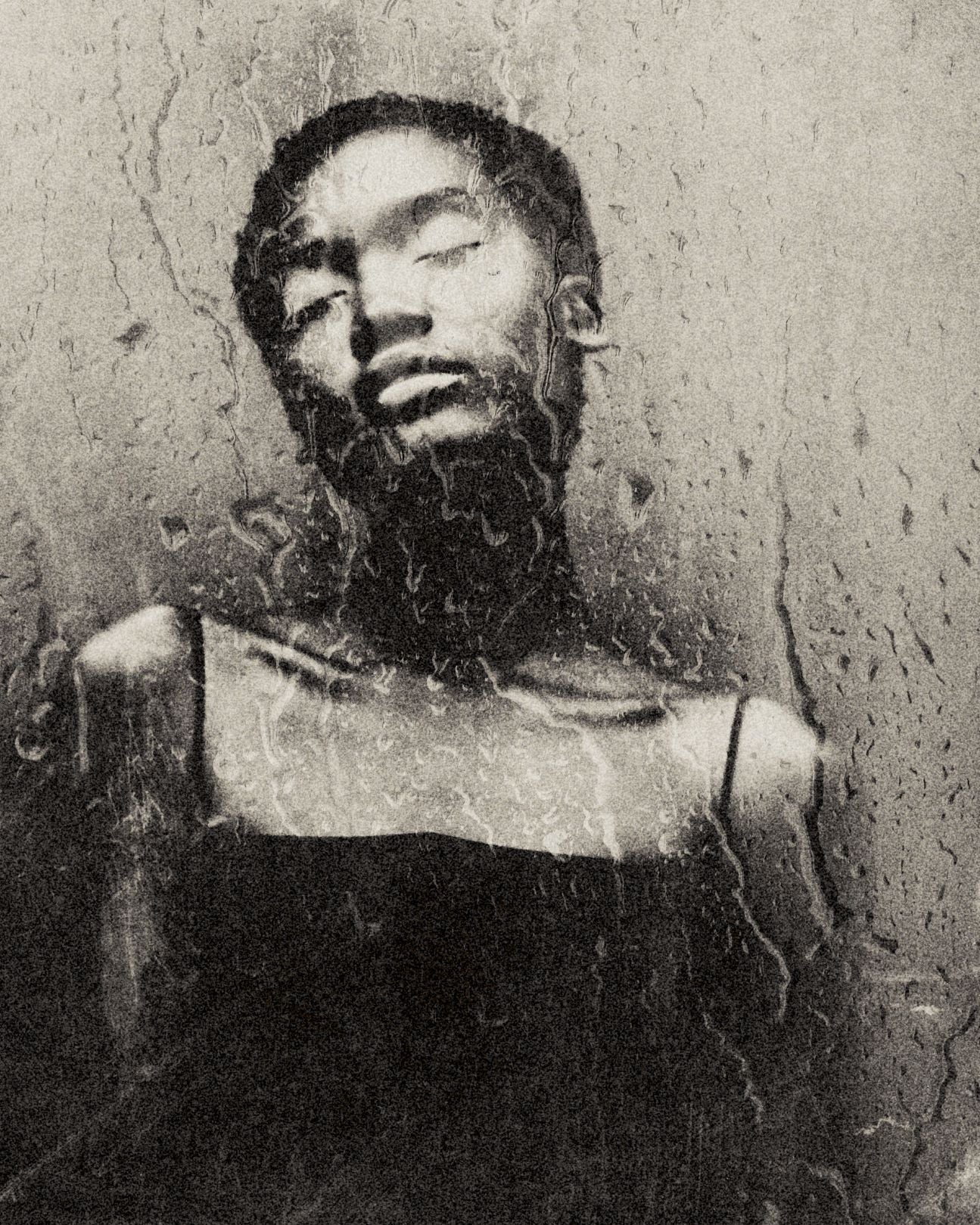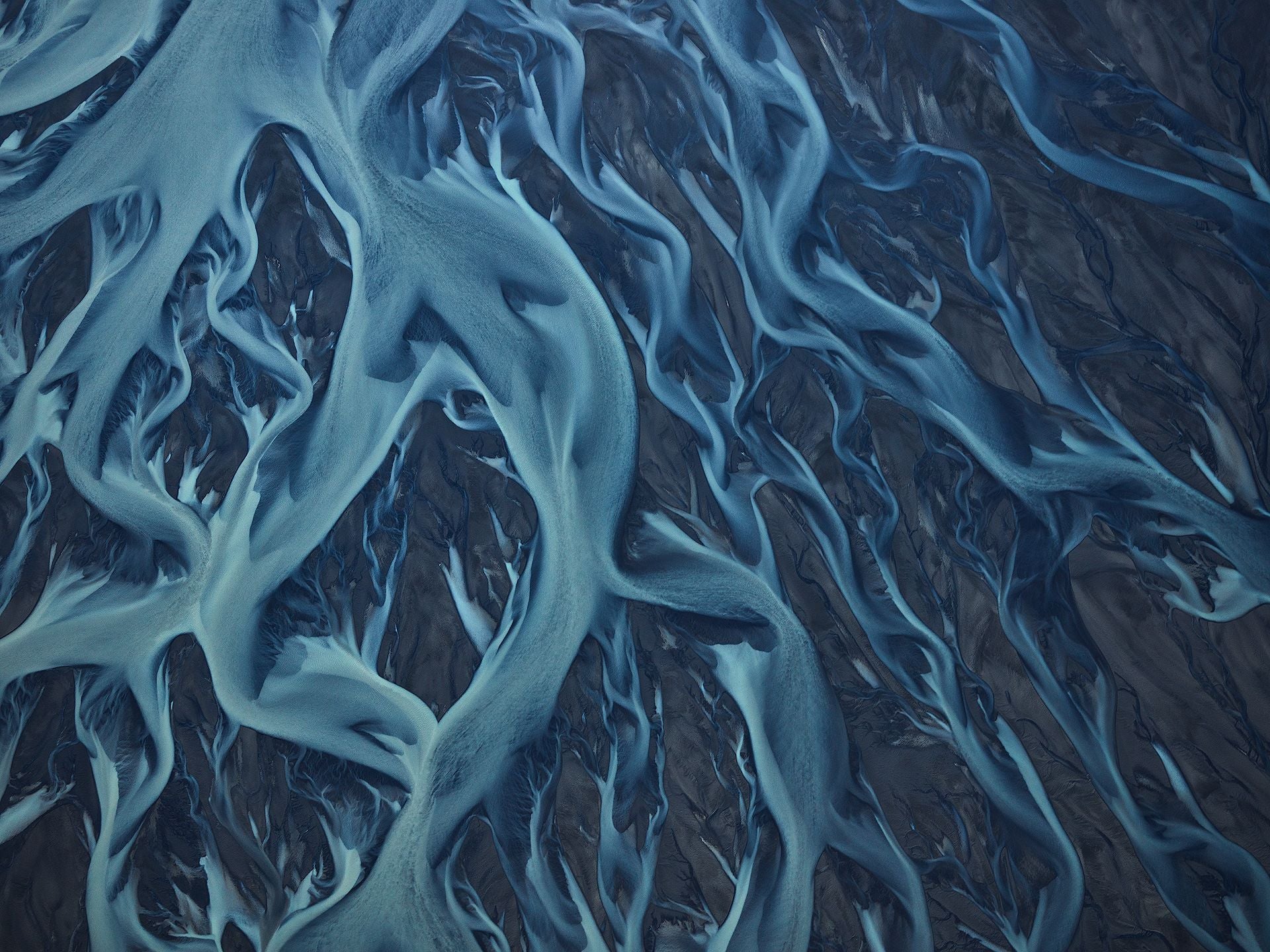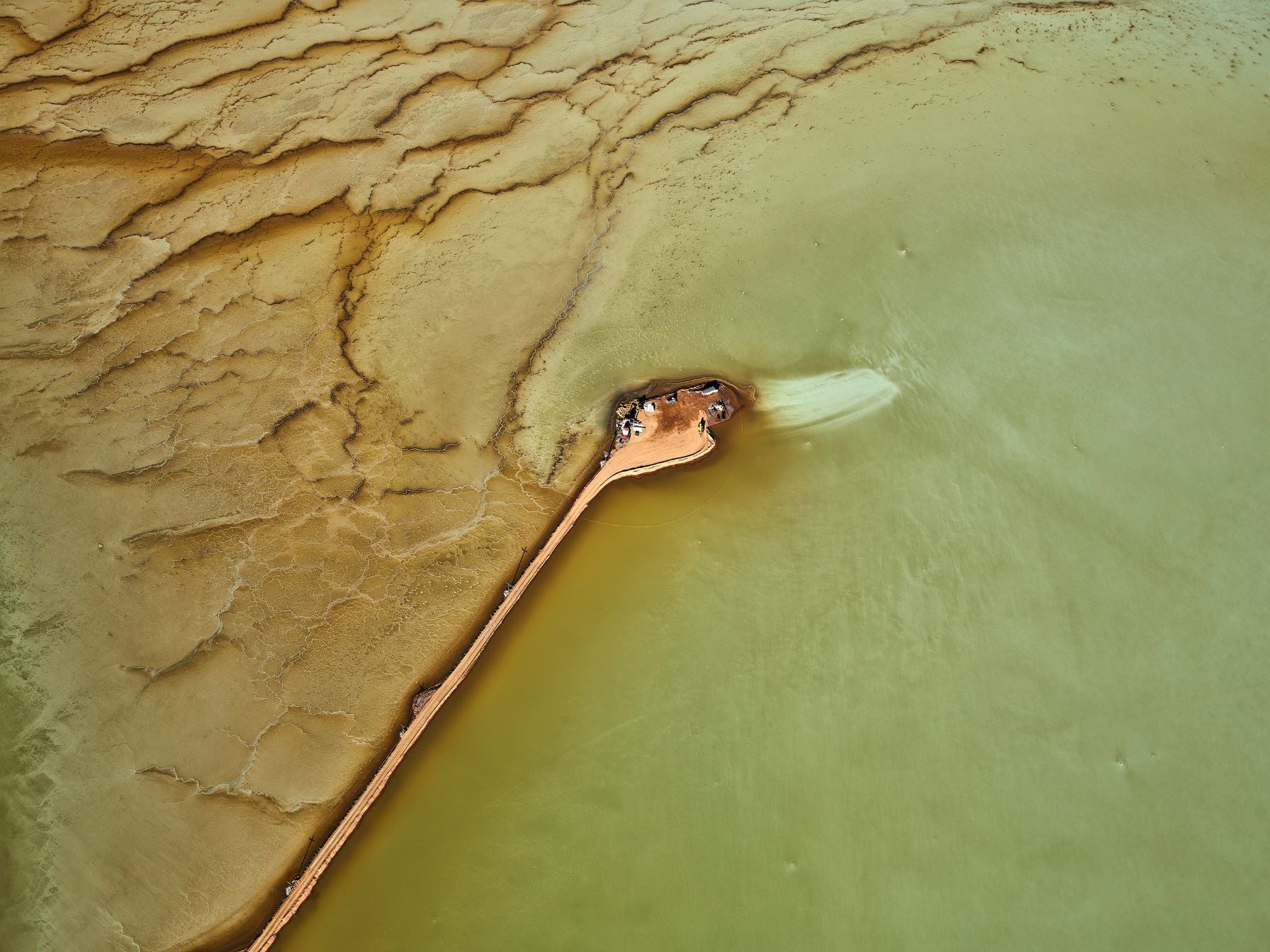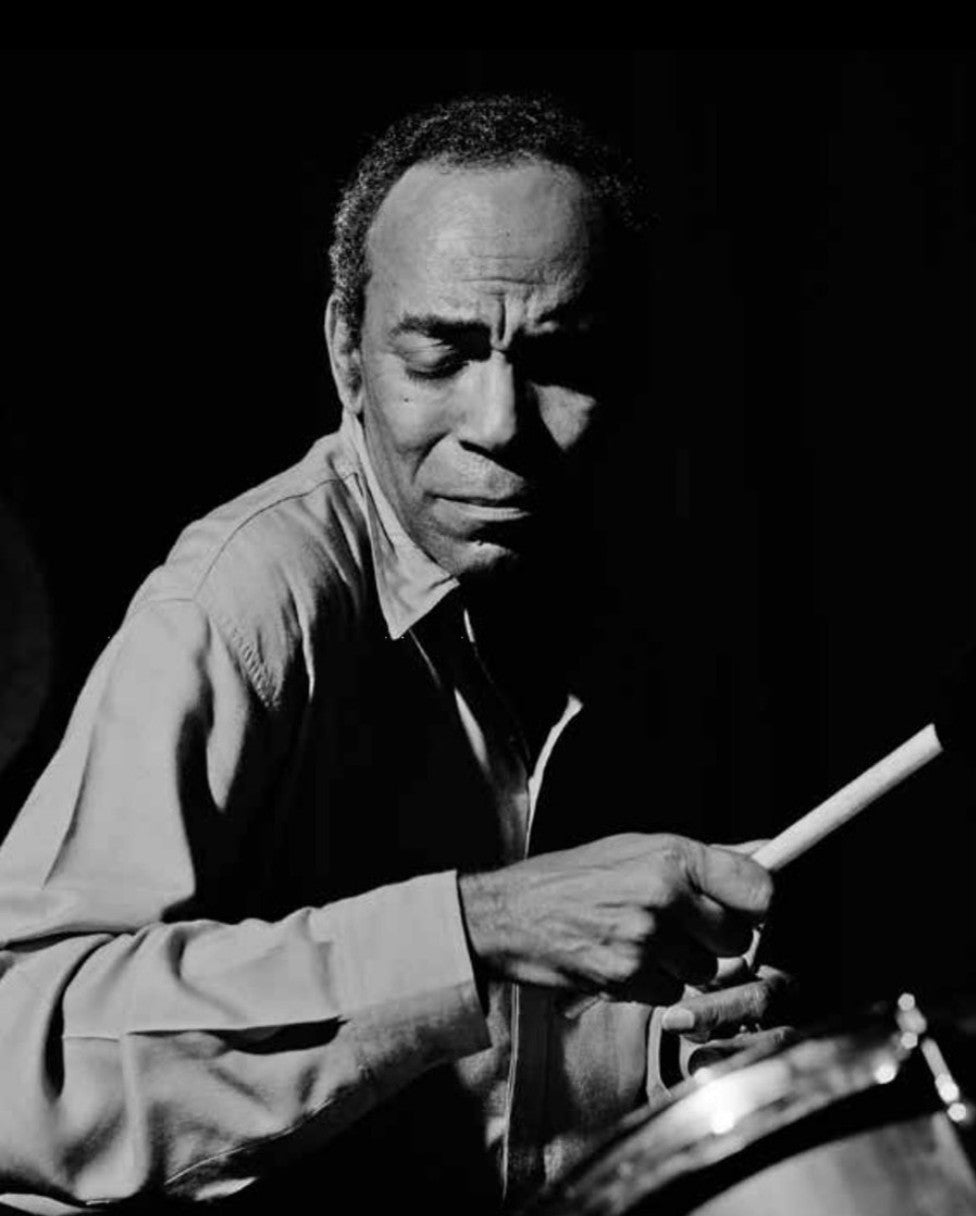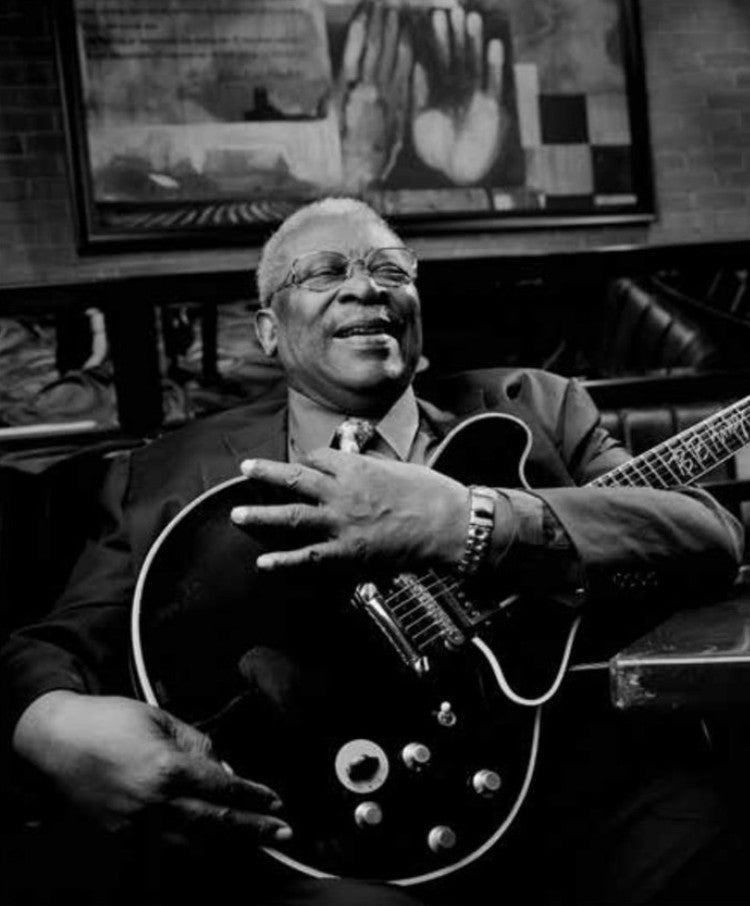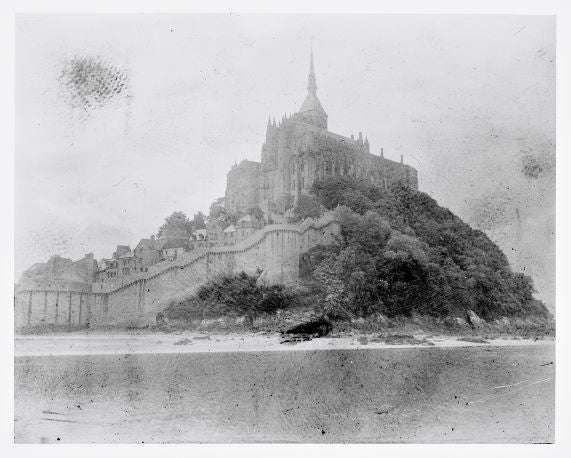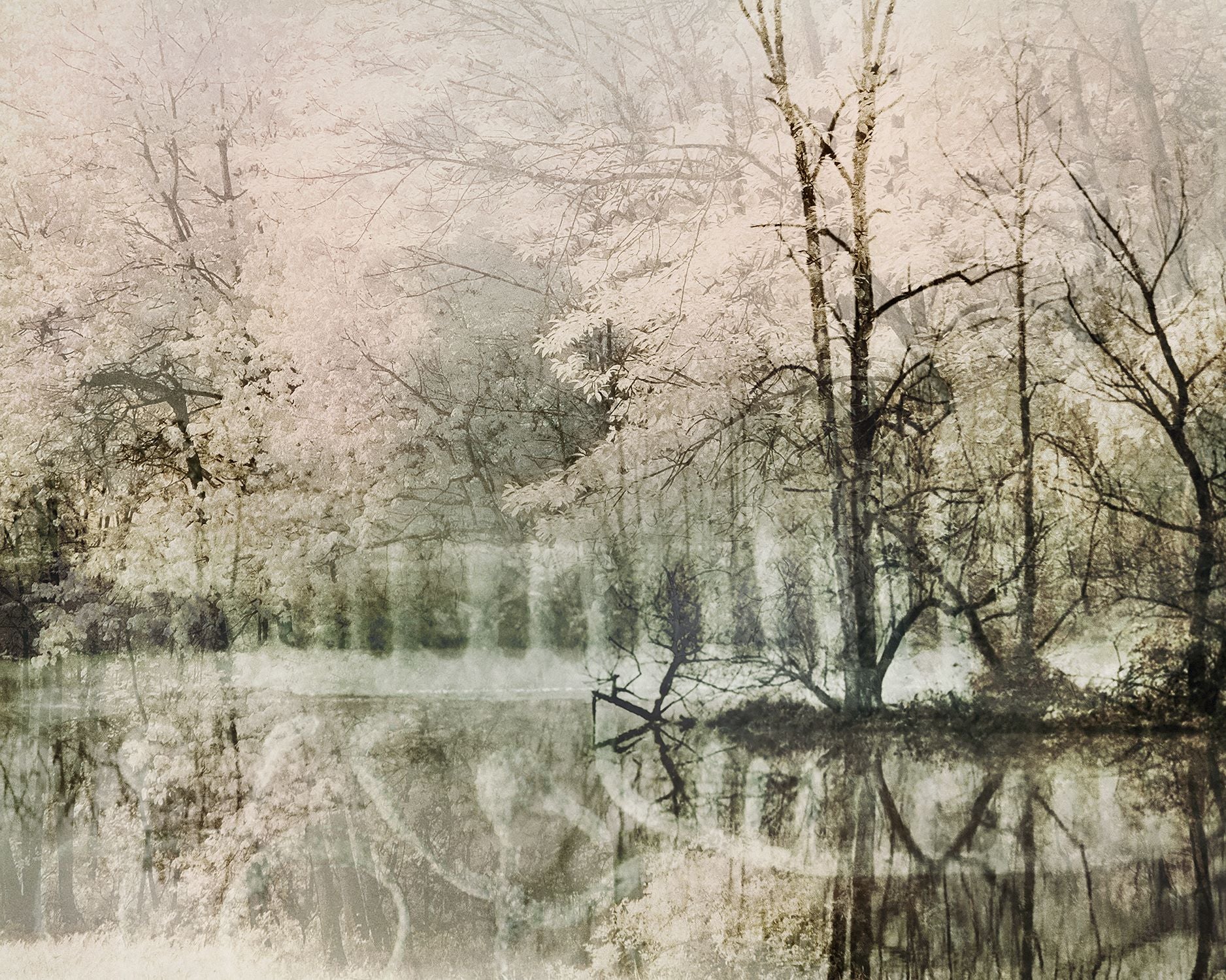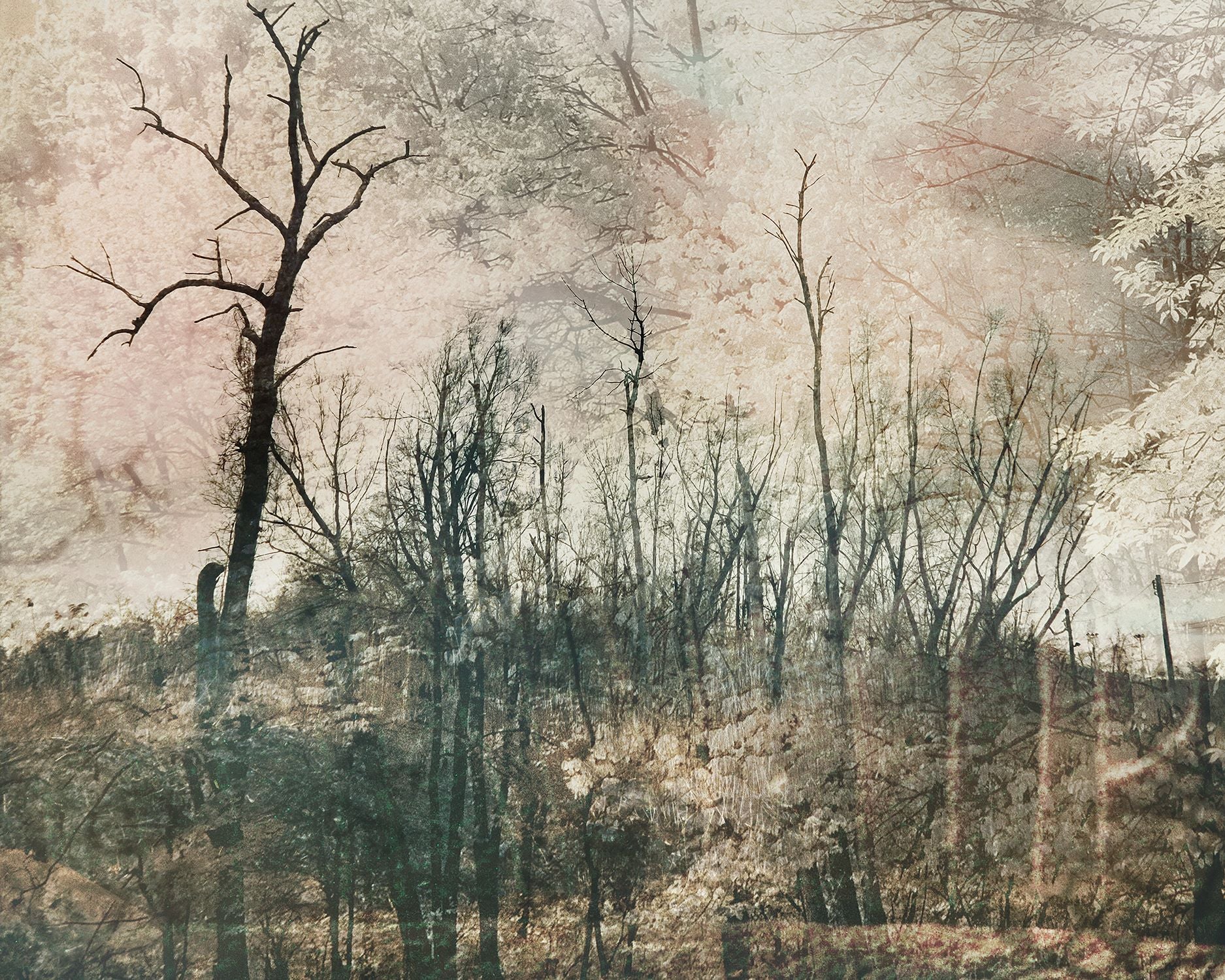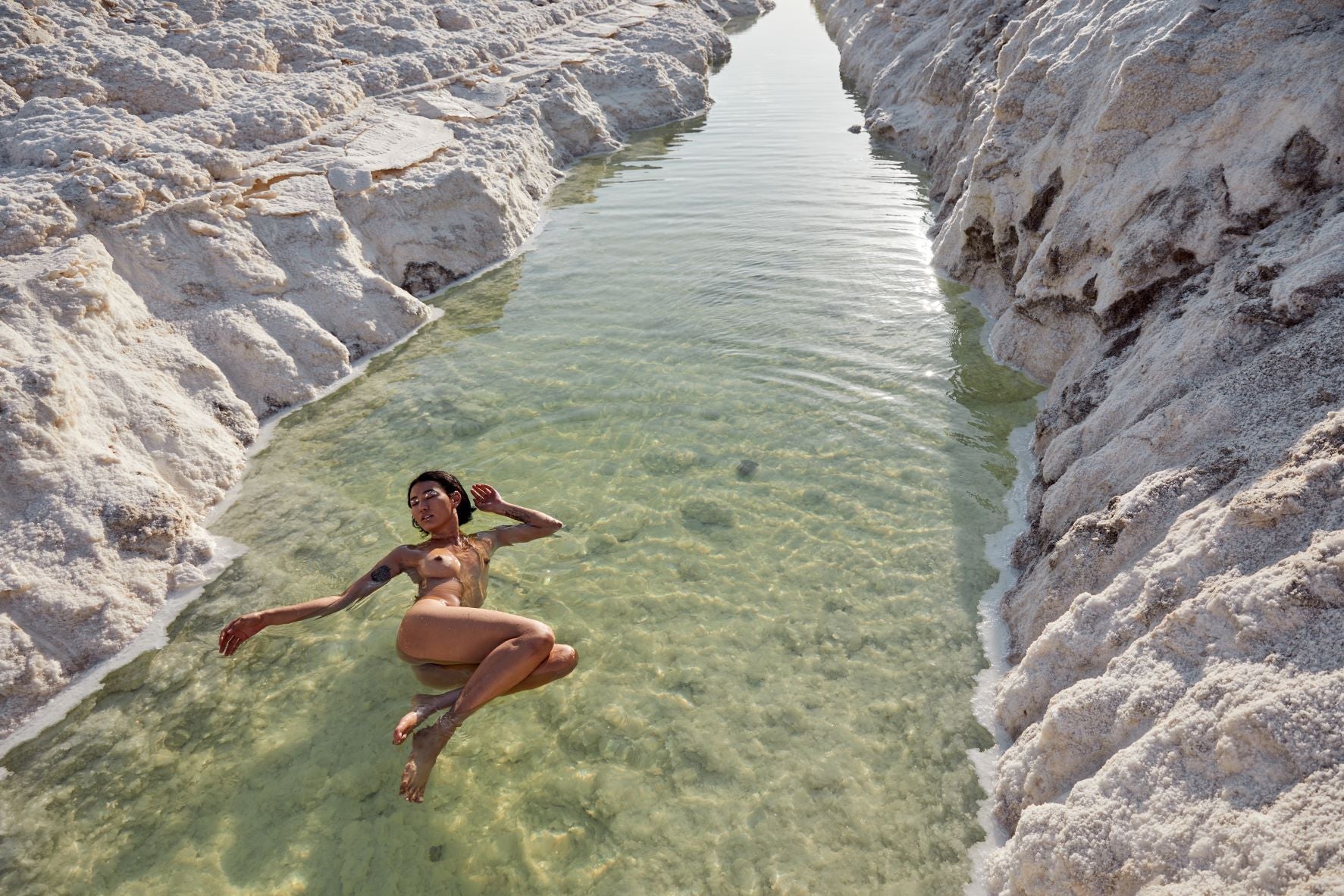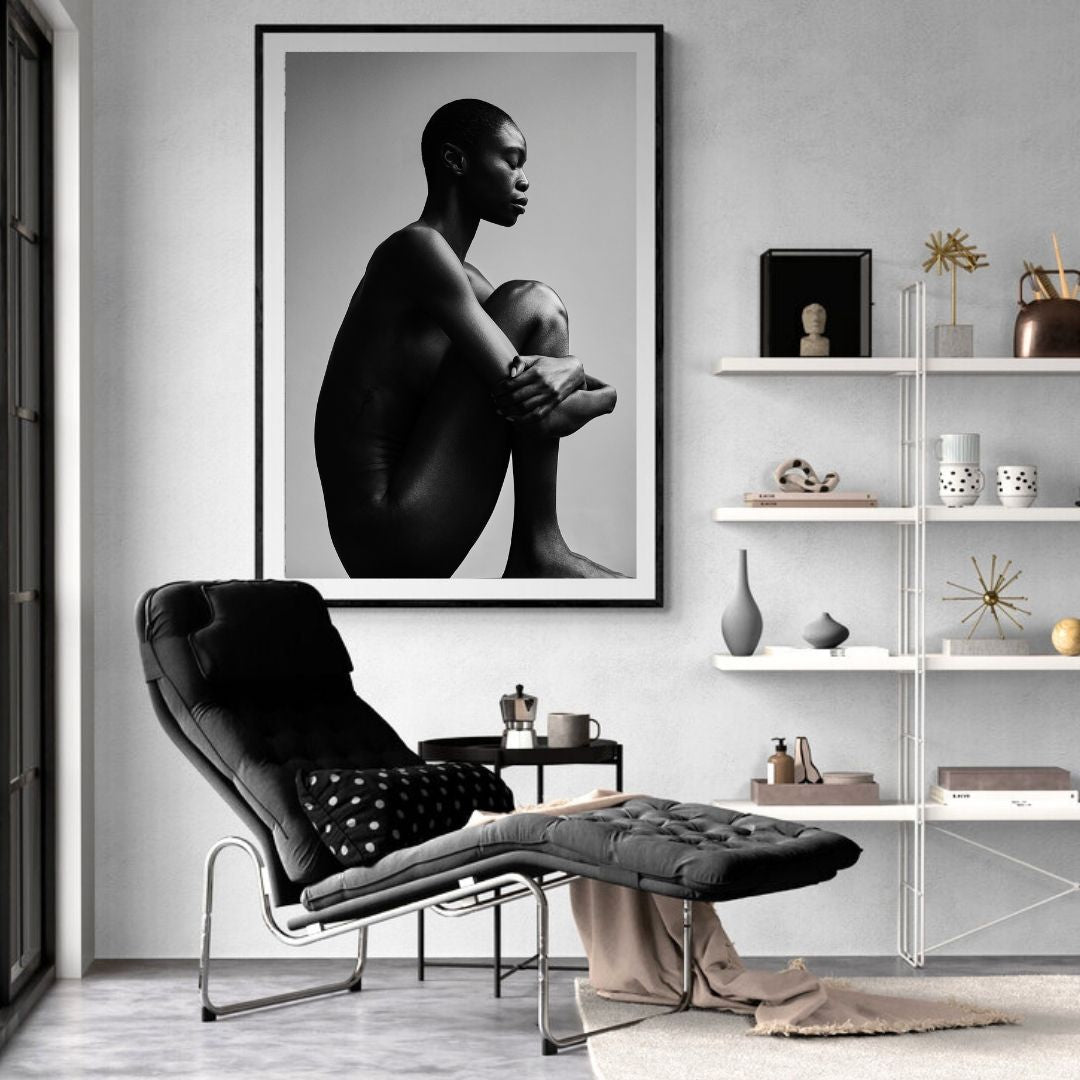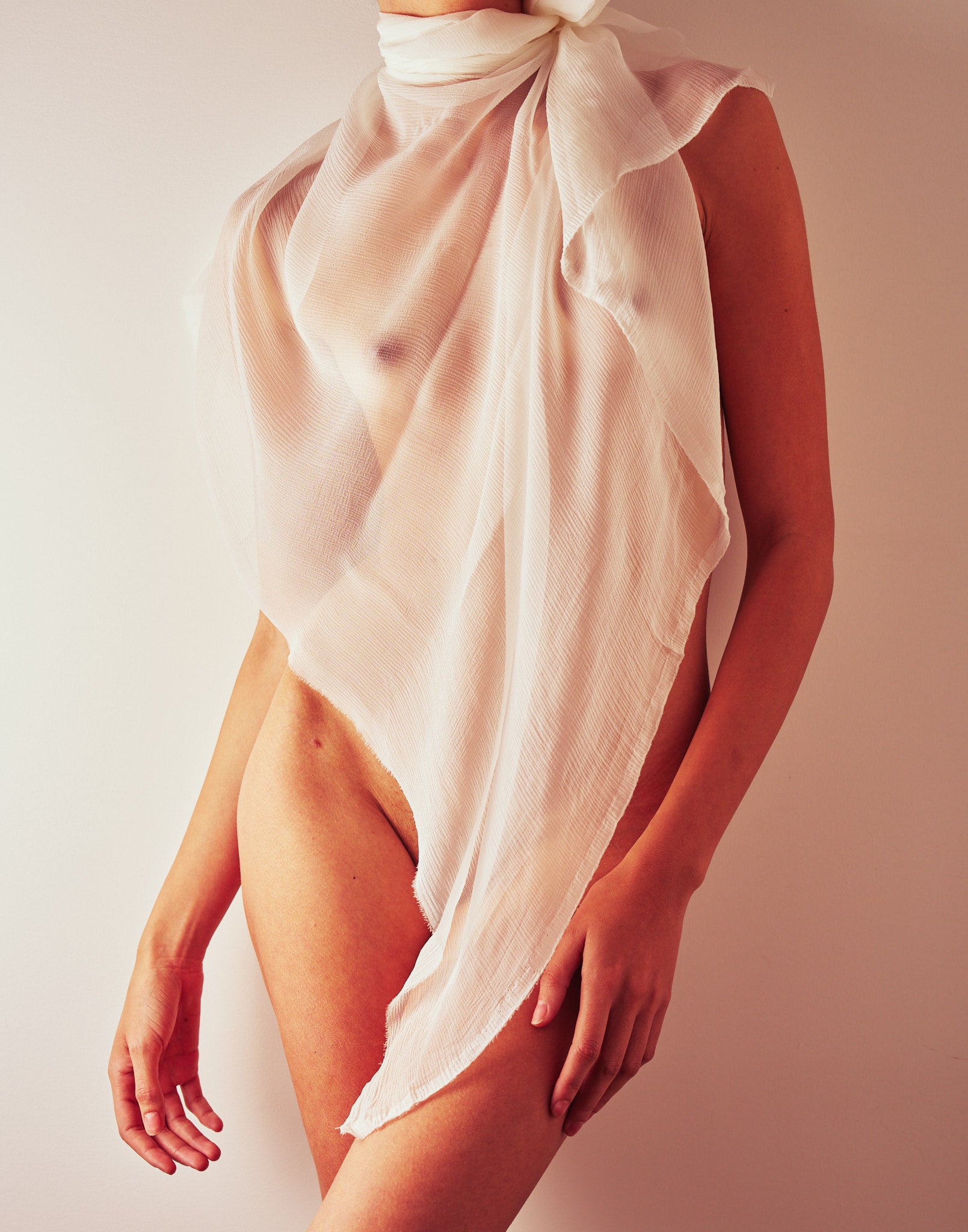Originally from Paris, France, I moved to New York in my early 20s to work as a producer for ad agencies and photographers. I later founded Resource Magazine, a publication about photography, which deepened my knowledge (and love) for this medium. I met many amazing photographers over the years; this art gallery is about celebrating them.
From established talents to burgeoning newcomers, from fashion to abstract art, from landscape to black and white photography, Aurélie’s Gallery features a variety of art, with the only common thread being images I love. The curation is very personal and reflects my love for this art form.
Our fine art printers are experienced craftspeople whit decades of experience working with artists and collectors. They share our obsessive attention to detail and pursuit of quality.





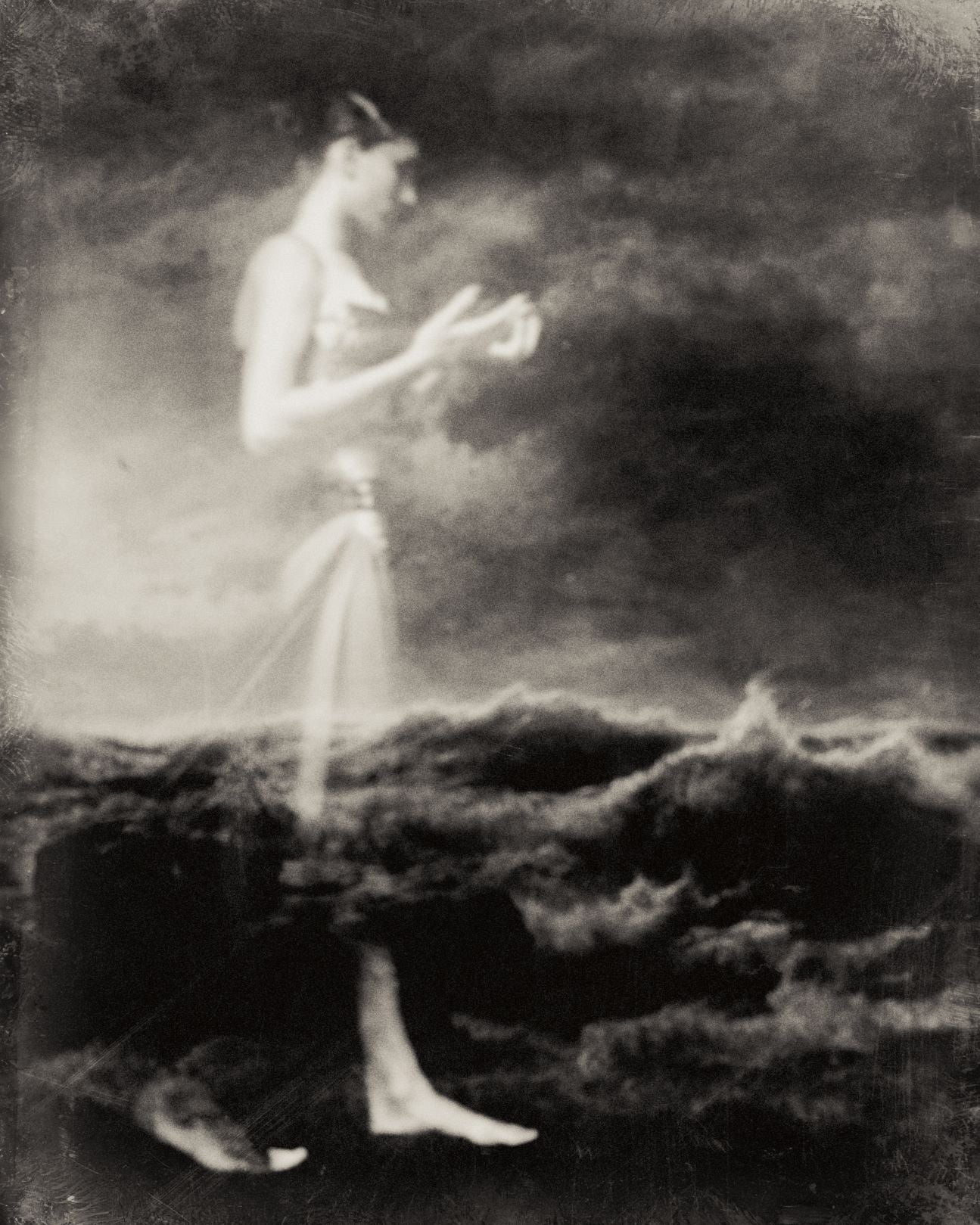


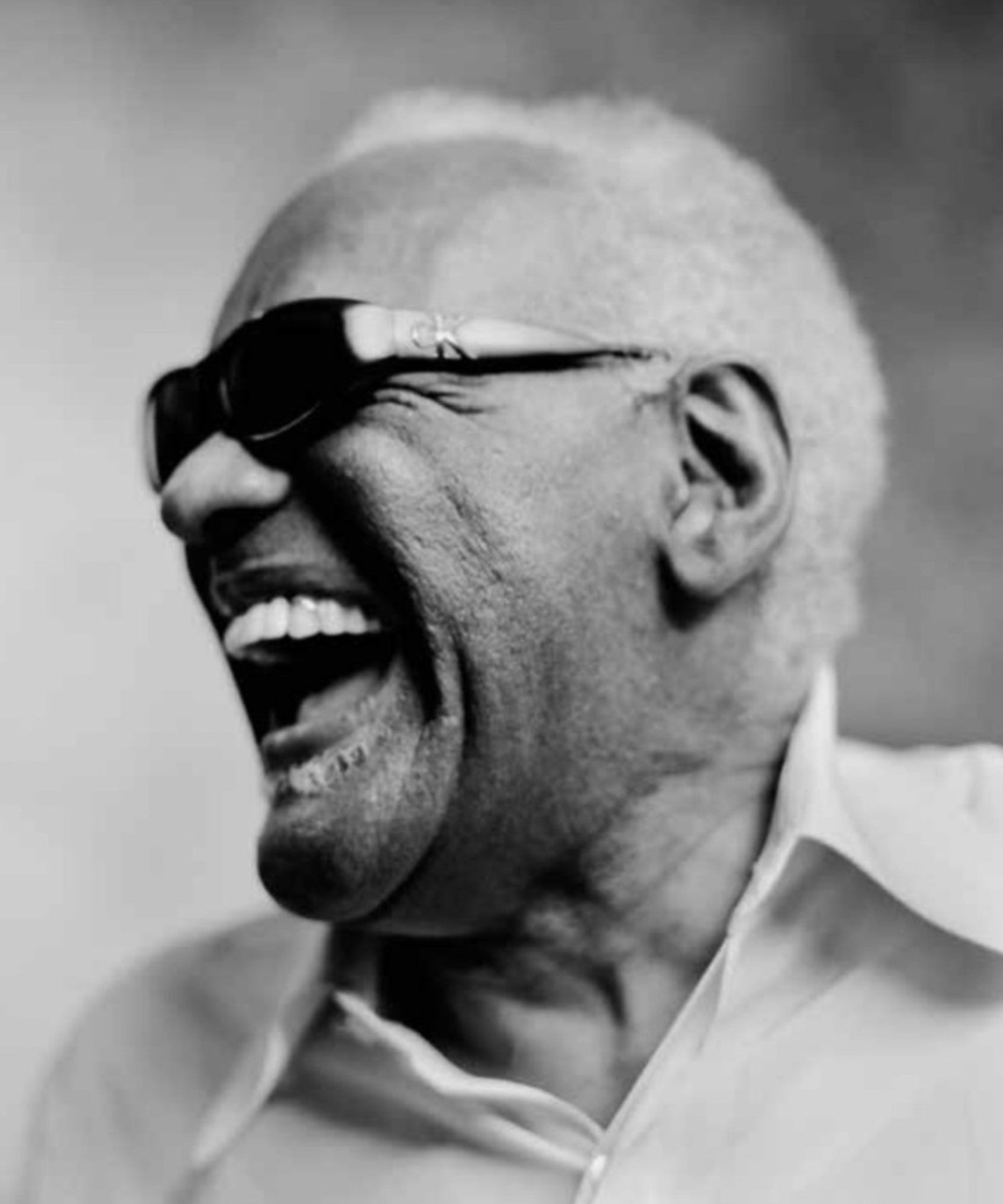





Thoughtfully curated and expertly printed for you









